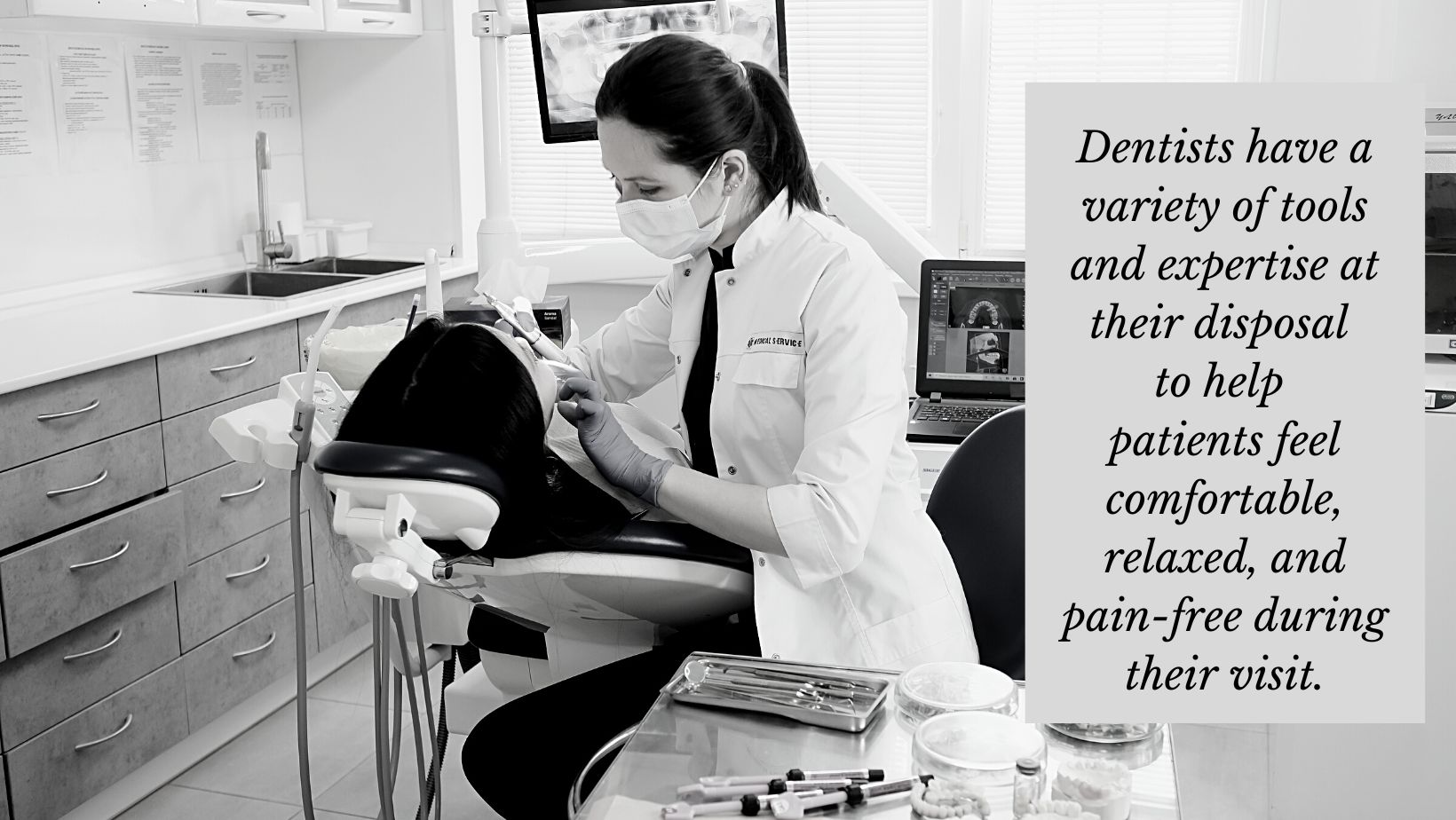Filling a cavity is one of the most common procedures in a restorative dental office. It’s also something that many patients worry will hurt. The good news is that decades of advances in technology and methods have helped dentists improve the filling process, making it as easy and comfortable as possible for the patient. Still, patients can be fearful of the pain they might feel while in the dental chair. That fear is understandable—after all, part of a tooth is being removed and repaired.
Any discomfort patients might feel can depend on the location of the decay, the size of the cavity, and even the patient’s perception of pain. However, dentists are trained to make the cavity filling process as comfortable and pain-free as possible.
Does It Hurt to Fill a Cavity?
A dental cavity occurs when part of a tooth decays, or breaks down, causing a hole or opening. Because cavities weaken the tooth structure and expose the inside of the tooth, they can cause sensitivity to hot, cold, or sweet foods. Untreated cavities can also lead to increasingly painful toothaches. Filling the tooth helps repair the damage and seal the affected part of the tooth to prevent infection and prevent future pain.
Though the purpose of a filling in the first place is to reduce the pain and sensitivity caused by a cavity, patients may be concerned that the filling process itself will hurt. The good news is that numbing agents make fillings virtually pain free.
To repair a cavity, the dentist first numbs the area around the affected tooth. Then, they use a dental drill to remove the decay from the tooth.This is often the part of the procedure that patients worry will hurt. The drill vibrates and makes a high-pitched whirring noise that some patients find annoying. However, since the patient’s mouth is numb, they should only feel gentle pressure or vibration. If any pain is felt, it should be mild and brief.
While the dentist is using the drill, a dental assistant uses a suction device to remove debris and water from the patient’s mouth. Patients may find it strange to have so many instruments in their mouth at once, though this sensation should not be painful.
The potential for discomfort can depend on the severity of the cavity or the number of cavities being repaired. For instance, a deep cavity that requires extensive drilling may require the patient’s mouth to be open for a prolonged period of time. This can cause some soreness in the jaw. The same is true when multiple cavities are being treated in the same dental visit.
Deep cavities also go closer to the nerve of the tooth, increasing the chance that the patient might feel some discomfort.
In addition to numbing medicines, dentists have several techniques they use to make patients feel as comfortable as possible during the filling process.

How Dentists Reduce Pain While Filling a Cavity
Advances in dental technology and techniques have provided dentists with a full kit of tools for preventing pain associated with dental fillings.
Numbing the tooth. Before getting started, the dentist applies a topical numbing gel to the area where the anesthetic numbing medicine will be injected. Though some patients are not fond of needles, the numbing gel combined with the practiced techniques of a skilled dentist ensure that the patient will hardly feel a thing when the anesthetic is injected. Patients usually describe feeling a pin prick or pinch at this time. The anesthetic takes effect quickly and the patient’s mouth will be numb during the filling procedure.Today’s numbing medicines are so effective that most fillings cause little to no pain.
Taking advantage of modern technology. Modern dental instruments and filling materials have come a long way. Advances in dental technology allow for less invasive restorations that take less time and, you guessed it, cause much less pain. For instance, high-tech x-rays and lasers help dentists detect cavities earlier. An early cavity usually requires a smaller filling. These days, most dentists use tooth-colored composite or ceramic fillings instead of silver metal fillings. Composites are stronger and require less of the tooth to be removed. That means less drilling and less time in the dental chair.
Using a biting aid. To help patients hold their mouth open comfortably for longer procedures, dentists may use a bite block. This is a soft piece of rubber that rests between the upper and lower jaws to gently keep the mouth open without discomfort.
Offering “laughing gas.” Some dentists offer nitrous oxide, also known as “laughing gas,” to anxious patients. Nitrous oxide is a safe and effective sedative that helps reduce anxiety and ease pain.
Using music. Dentists may offer headphones or let a patient bring their own. This has a couple benefits. First, music can help drown out the sound of the dental office and instruments and help the patient relax. And, listening to calming music or a favorite album is a great stress reducer. Some dentists even offer TV or video games on the ceiling to make patients feel at home while in the dental chair.
Detecting and treating cavities early. Of course, the best way to prevent pain in the dental chair is to avoid cavities altogether. This requires good dental hygiene and regular dental check ups. A small cavity that is detected early is generally quick and easy to treat—and much less painful than more serious issues. In fact, some small cavities can be repaired without requiring any anesthetic.
Don’t Risk It: Putting Off a Filling Causes More Pain
Feeling anxious about pain at the dentist is common—and understandable! Unfortunately, an untreated cavity will not get better on its own. The longer a patient waits for treatment, the more extensive treatment is needed. An untreated cavity can lead to severe decay, infection, and even tooth loss, all of which can be extremely painful and harmful to the patient’s overall health. If decay is left untreated, it may require a root canal or extraction, both of which are considered more painful than a filling.
Dentists have a variety of tools and expertise at their disposal to help patients feel comfortable, relaxed, and pain-free during their visit. Ready to get started? Use our online appointment form to book a visit with a highly qualified dentist near you.


